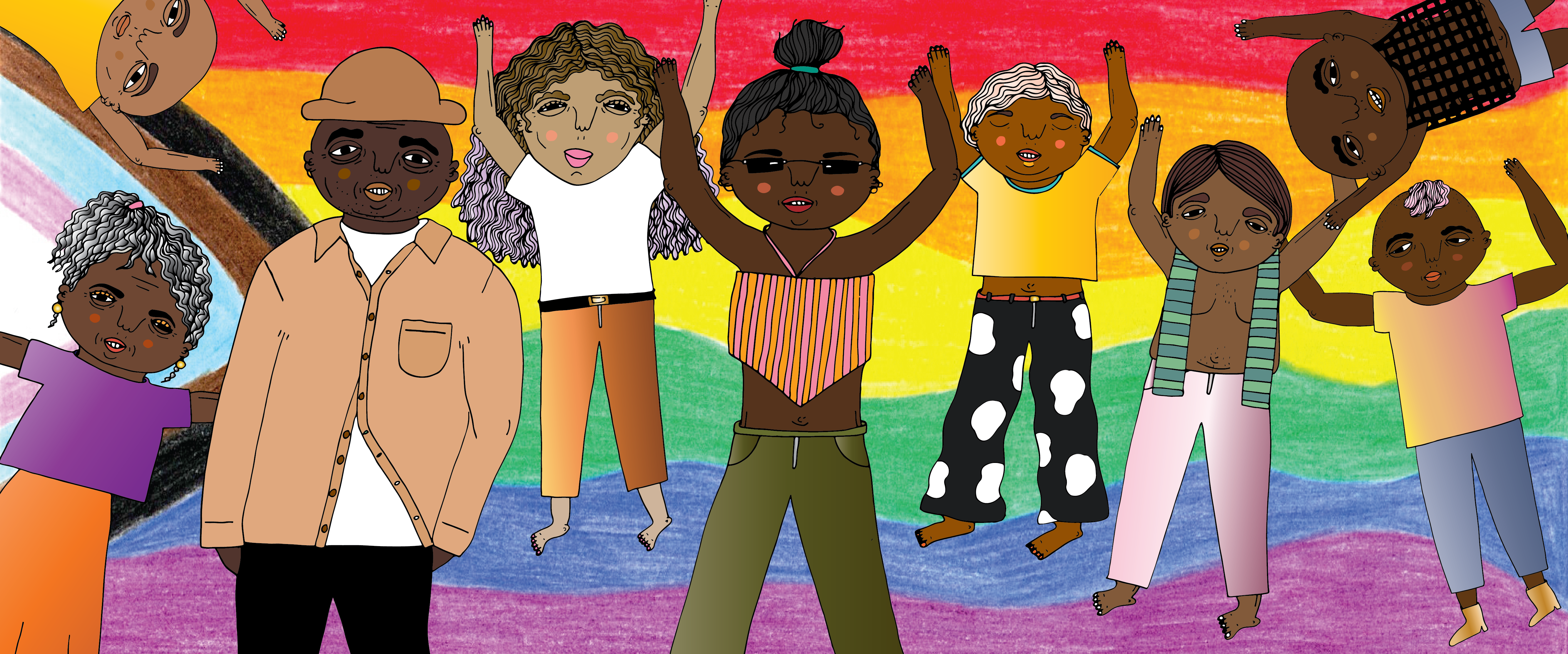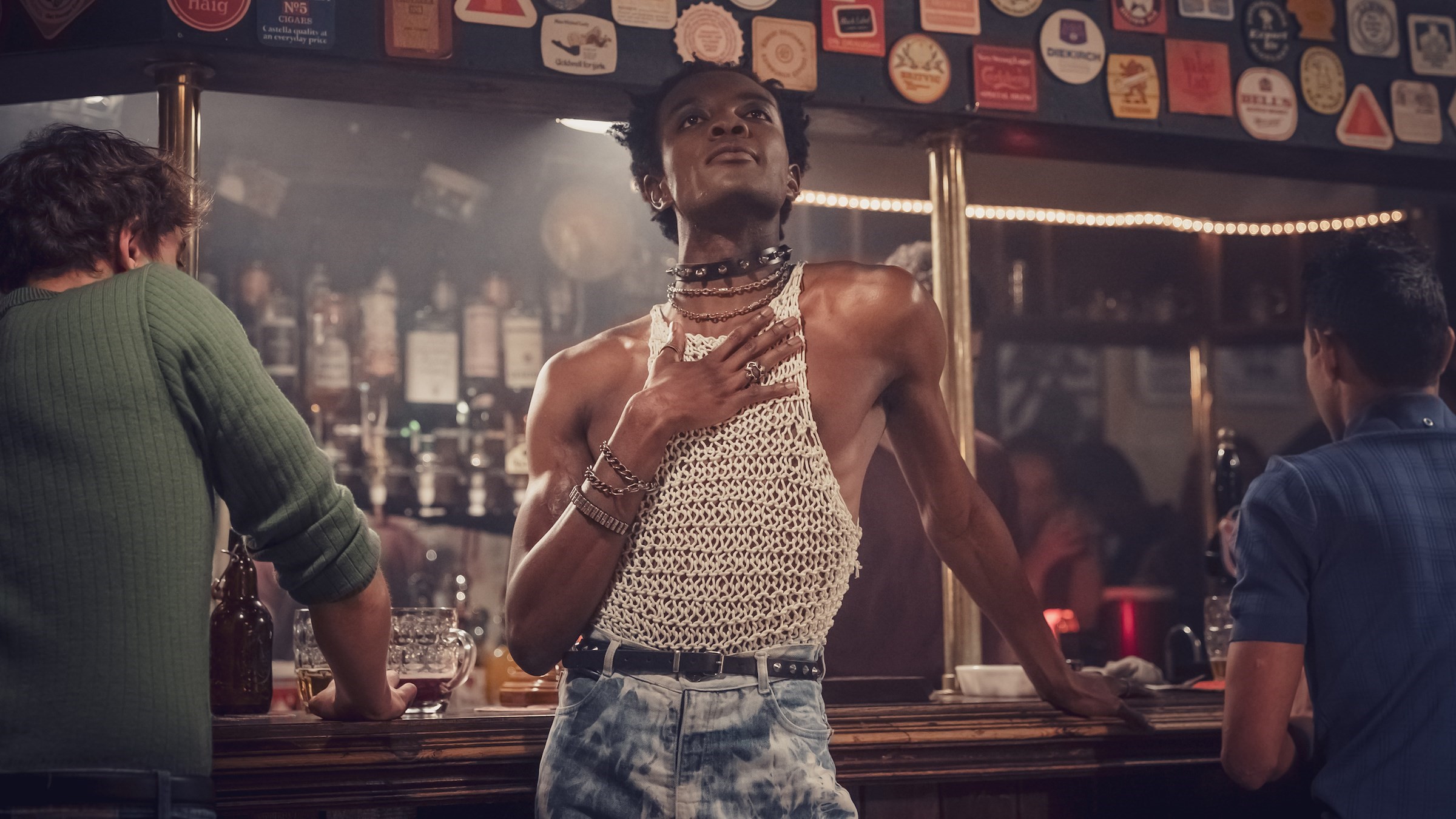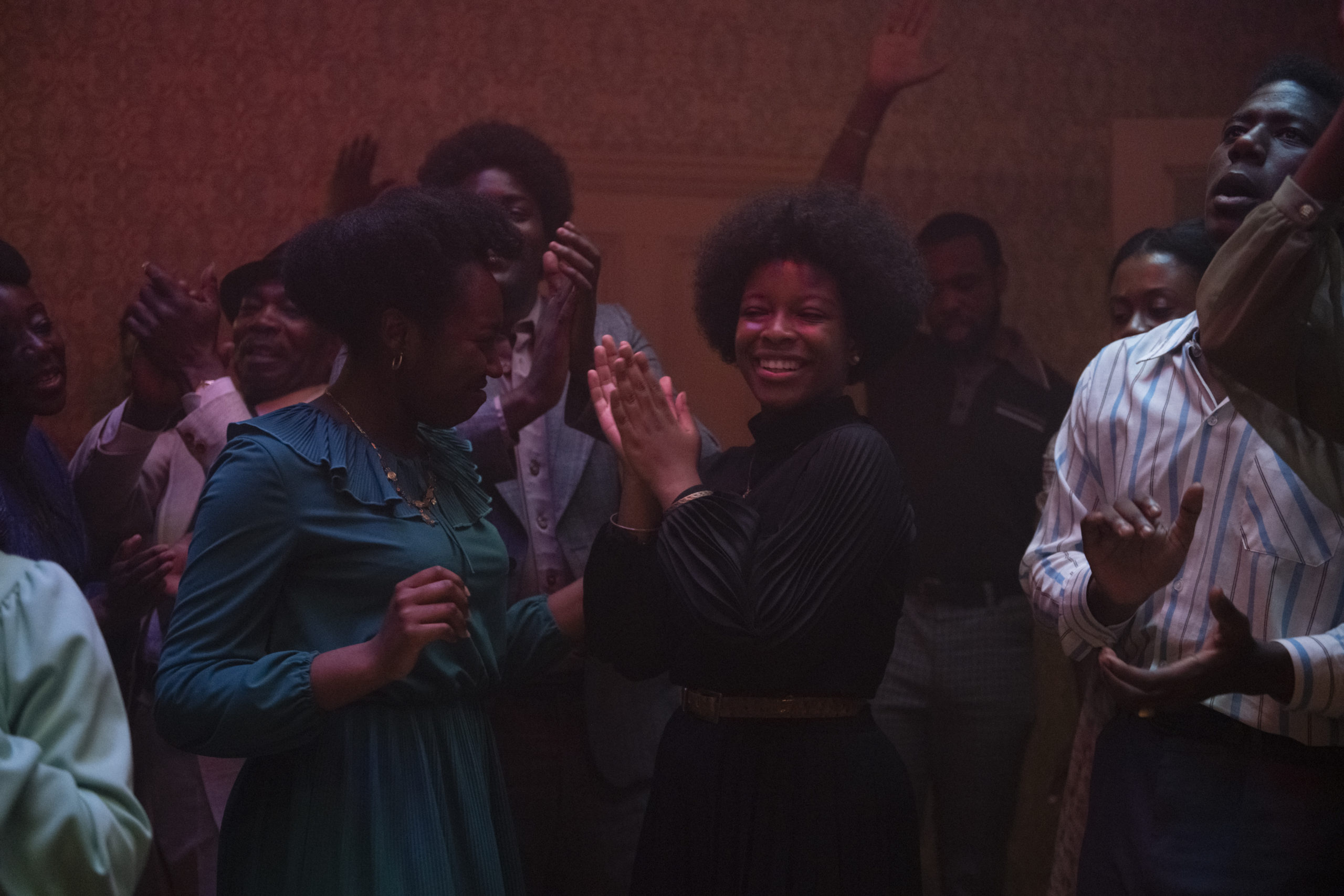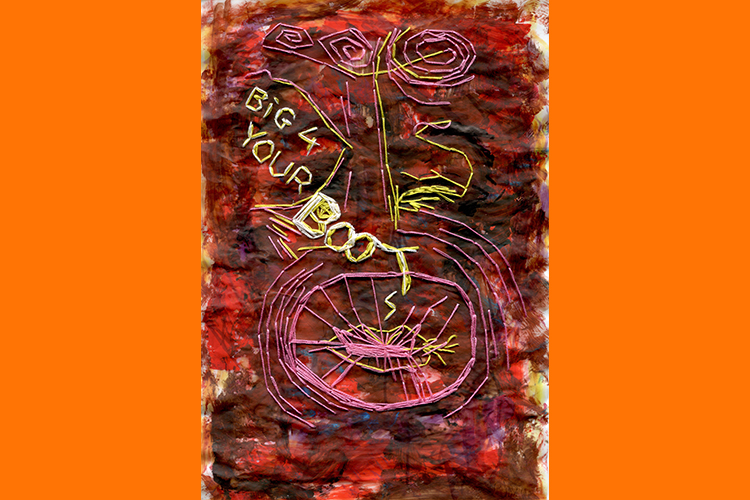
Illustration by Anu
Archiving oral histories of black queer collectives in London
This East London archive shows where elders found community from chic lesbian parties and international conferences, to HIV safehouses.
Rachel Datey
10 Feb 2021
“I want us all to get out of this mindset that there is a beginning and an end when it comes to queer Black people. We have always been here,” says Nine Nights director and Haringey Vanguard LGBTQ+ archive curator Veronica McKenzie.
Each generation of queer people has its own culture. But as so much of our existence has taken place in the shadows and Black British history is often passed down orally, it can get lost. If our elders pass away without opening up, their stories die with them. Veronica, who is also the community engagement lead of Black LGBTQ+ community heritage project Haringey Vanguard, is refusing to let that happen.
In 2012, she was at a queer event with her friend, the activist Dorothea Smartt. As they listened, a younger speaker suggested that queer Black people should start meeting and politically organising together. It was a relatively harmless assertion, but it made Veronica realise that young people need to know about the organising efforts that had happened in the UK in the 70s and 80s.
“We had not rigorously documented the organising efforts that existed before she was even born, or the work that was done even before I came out”
“The speaker had no knowledge of the work that had been done before – it was not her fault. We had not rigorously documented the organising efforts and community building that existed before she was even born or the work that was done even before I came out,” Veronica explains.
Veronica then set out to reconnect with and find Black LGBTQ+ people who lived through the politically turbulent but monumental decades of the 70s to 90s. She collated their stories in a film called Under Your Nose, which focuses on the Black gay men and lesbians who set out to create the Black Lesbian Gay Centre (BLGC), a safe space. Launching in 1985, the project was originally based in Haringey. By 1992, they opened the first Black lesbian and gay centre in the country in Peckham. On a mission to expand this project to people who were not part of BLGC, Veronica landed funding from The National Lottery Heritage Fund in 2018. Thus, Haringey Vanguard was born. The oral history archive contains hours of audio interviews from 40 participants.
The archives hold the stories of people from the community. From a trans woman who doesn’t believe in labels but who has lived, modelled and appeared in adverts. To Yvonne Taylor, a Black queer DJ and promoter and Dennis L Carney, whose interviews I’ve been able to access with the blessing of Veronica.
Community conferences
The Haringey Vanguard tapes show how safe spaces were a lifeline as Dennis speaks of BLGC gifting him with “confidence” at a time where he felt like he was the “only gay black person”. “I knew I wasn’t alone, but that was very much how I felt in Manchester,” explains the 59-year-old in an audio interview captured for the archive. The group connected him to other black gay folk via worldwide conferences.
“There was a huge amount of internationalism and even Pan-Africanism amongst the Black LGBTQ+ community,” Dennis says in the archive interview. “Those ties really existed, we were in community with Black gay men and Black lesbians from America and across Europe. I’m from Manchester and I was at a Black leadership conference in LA. I think Angela Davis was one of the keynote speakers. That really shaped me in a big way.”
“Through the BLGC, we were involved in organising the International People of Colour Conference in the 80s. It used to be held every other year in a different country around the world,” he adds. And the rest of the world also came to them. “I’ll never forget the afterparty of the conference. It was fantastic. I would say that it was a watershed moment for the Black LGBT community. LGBT people from all over the world – around 100 or so of us, in the Brixtonian… It was like wow.”
“The afterparty was a watershed moment. LGBT people from all over the world – around 100 or so of us, in the Brixtonian… wow”
Queer parties
Like today, parties offered a way for the community to connect. Veronica reels off an extensive list of parties and clubbing spaces which were started by queer Black people. Yvonne Taylor, 59, was one of the main DJs and promoters during this time. In the oral history archive, Yvonne walks us through her big move to London in 1984 from her Nottingham hometown. She’d learned to DJ during a stint in the army and used her experience of promoting and hosting parties there to put down firm roots in a new city.
“I met this collective called Systematic. We ran a monthly club at South London’s Women’s Centre on Acre Lane, in Brixton. We had no idea what we were setting in motion. There were soundproof rooms in the women’s centre. So we had parties that ran from 10 pm to 10 am,” she explains. As old school reggae, soul and lovers rock blasted from the speakers, the night gave Black lesbians a riotous space to explore their sexuality as well as their style.
“We invited all types of women. Whether you were a style queen or if you wanted to wear mini skirts or whatever. We had a representation of all types of lesbians. There were Asian women there, punks there, feminists there,” she remembers. “I think the party changed a lot of people’s concepts of sexuality, a lot of Black lesbians back then were living double lives and we wanted to make it okay to just be whoever you wanted to be.”
She worked as a promoter for other nights like Spats which ran every Friday in the West End, and Shugs – another black queer woman space
Yvonne talks about how much of a big change having an official space was in comparison to all the house parties she used to attend. “It was a shift. Our party was legal, we had a license. It was actually my job. I made a proper living in those times as a promoter and DJ. Lesbian club night Spats ran every Friday night for three years in the West End, similar to Shugs which was another predominantly Black space for queer women.” Hearing about this abundance of queer nightlife is a painful contrast to current times when we have all been in lockdown for the past year.
Activism and solidarity
Veronica reminisces on her own time at the Black Gay Group in 1984 where, as a teen, she found herself active in the weekly sessions and taking minutes for the many meetings. “A big factor in community organising back then was a focus on raising the collective consciousness around important issues. People used to run sessions where we would sit and read important texts to learn more about these topics.” Books like Zami, and Making Black Waves, the UK’s first black lesbian anthology, were some of the books read.
During the 80s, there was a racist agenda in the media when reporting on the HIV/AIDS crisis. Newspapers such as The Daily Mail and The Sun wrongly implied that the disease originated in Africa while also branding the illness “the gay plague”.
This intersection caused Black gay men to be disproportionally affected as it was even harder for them to seek medical help due to lack of specific services and the stigma against them was so palpable. Moving to London in his early 20s, Dennis worked to provide support for people living with HIV. He was a founding member of a housing association specifically set up for people with HIV. “I worked with a lot of gay men who had HIV. Through this job, I witnessed a lot of pain, suffering and death. It was extremely stressful because of this,” he says. “For me, it was a necessary job because I believe we were making a positive in the lives of Black gay men at the time. I know that if I wasn’t working there, there wouldn’t be as many Black tenants.’’
In 1987 BLGC helped organised the first-ever Black Gay Men’s conference which aimed to tackle homophobic prejudice within the Black community. Dennis details how going to these conferences inspired him to create his own. “We managed to get £600 funding… back then £600 funding went a lot further than it would today. We split it the money in half and organised six workshops for Black lesbians and six for Black gay men. I didn’t think we would even get 10 people. By the third meeting, we had over 50 guys turn up and this was before the internet!” Dennis exclaims. When this series of workshops ended, the men in attendance wanted more spaces to be created. “That is how Let’s Wrap was formed. Let’s Wrap was the first official Black gay men’s discussion group in the country.” There was a snowball effect. Through the work of Let’s Wrap a number of other groups were formed.
Veronica wants younger queer people who explore the archive to remember that “community can be built through kindness”. Hopefully the archive will serve as a testament to the power of carving your own space and a reminder that there has been a long lineage of it on their doorstep even if they haven’t yet heard the tales.
Haringey Vanguard’s archive is set to launch at an exhibition at Bruce Castle Museum in February 2021 and will also be available online. To find out more about Haringey Vanguard and Under your nose, follow @hgeyvanguard.
*This article was amended on 12/02/21 to state that the BLGC project started in 1985 in Haringey, and the actual centre opened in Peckham in 1992. An earlier version mistakenly said that the centre opened in Peckham in 1985.









